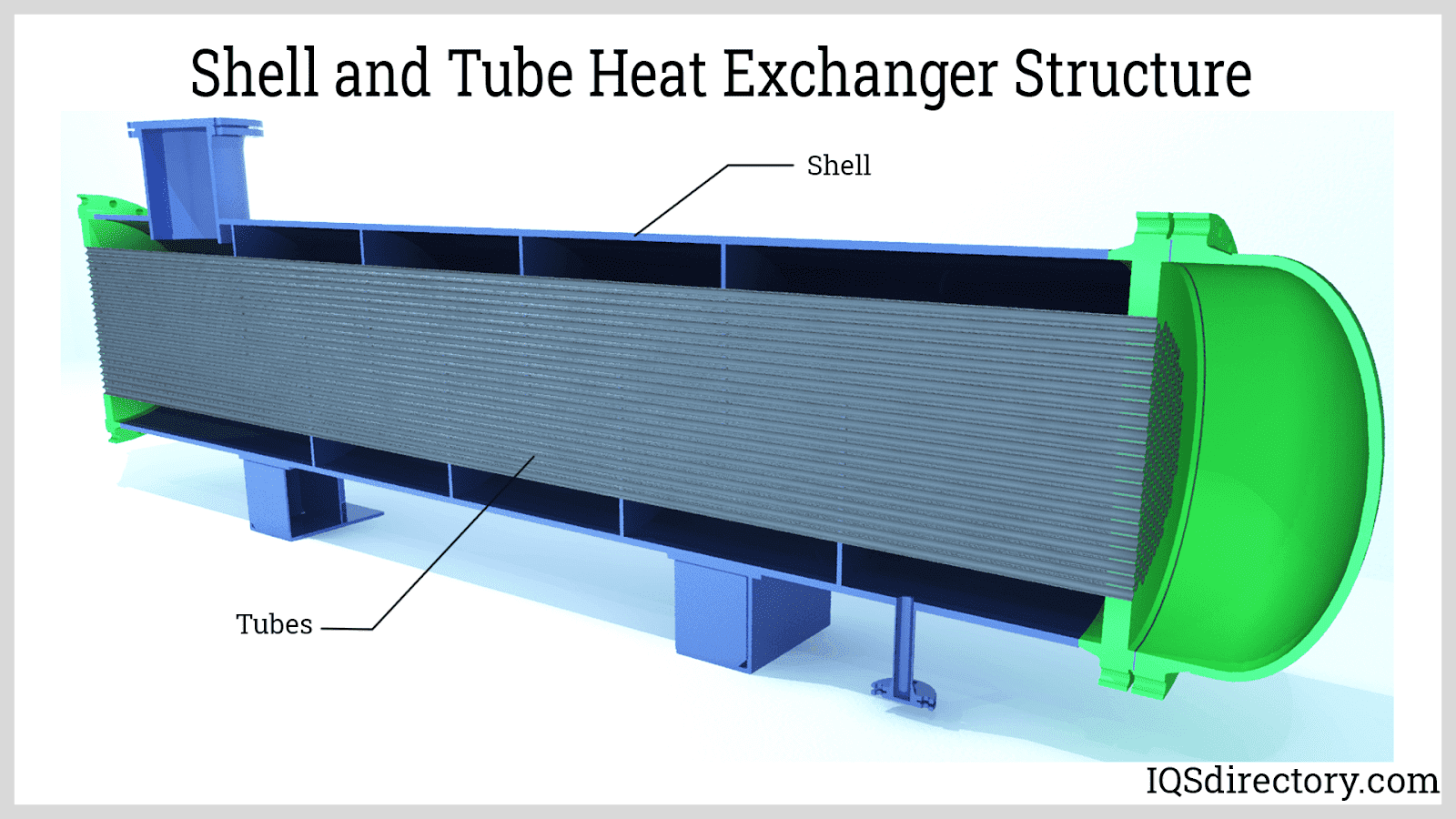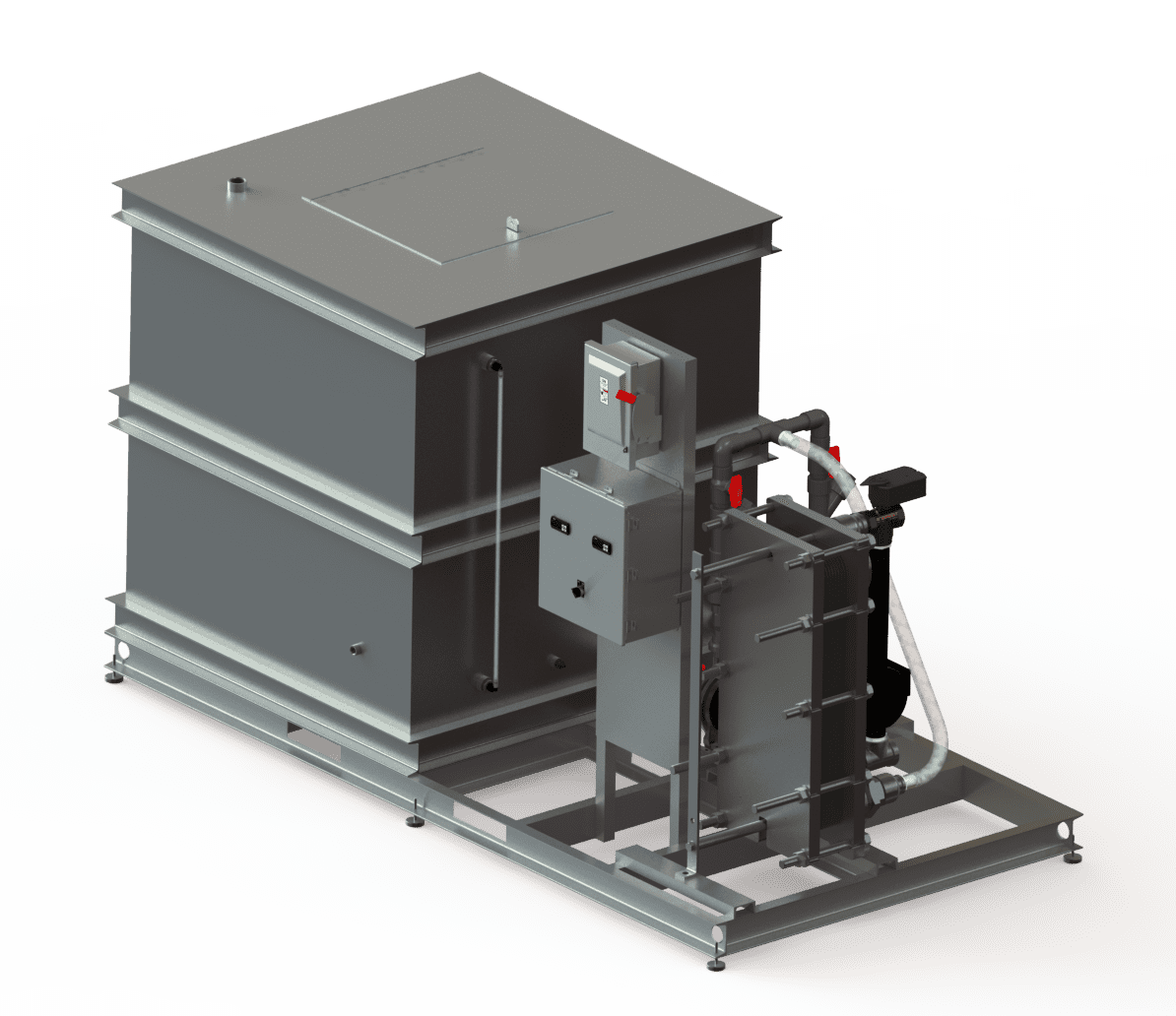Best Practices for Using DVS Heat Transfer Systems in Data Centers
Wiki Article
Innovations in Heat Transfer Solutions: What You Required to Know for Optimal Efficiency
Advancements in Heat transfer systems are changing performance throughout different industries. Advanced products like graphene and nanofluids assure considerable enhancements in thermal conductivity. On the other hand, the assimilation of IoT and equipment learning supplies opportunities for real-time surveillance and enhanced power effectiveness. The landscape of thermal management is rapidly advancing. Comprehending these advancements is essential for attaining optimal system efficiency and sustainability in the future. What details developments are shaping this change?Emerging Materials for Enhanced Heat Transfer

Advanced Heat Exchanger Layouts
While conventional Heat exchangers have served their function in numerous applications, progressed designs are now emerging to satisfy the enhancing demands for effectiveness and efficiency. These ingenious styles, such as plate, shell-and-tube, and finned-tube Heat exchangers, incorporate boosted surface and boosted circulation patterns to increase thermal transfer rates. In enhancement, small styles permit lowered room needs without jeopardizing performance. Advanced products, such as compounds and corrosion-resistant alloys, furthermore boost longevity and performance under severe problems. Simulation technologies and computational liquid characteristics are progressively employed to refine these designs, making certain peak Heat transfer characteristics. As markets look for to lessen energy intake and make best use of outcome, the fostering of sophisticated Heat exchanger layouts is essential in achieving these objectives.The Role of Nanotechnology in Heat Transfer
Nanotechnology plays an important duty in improving thermal conductivity within Heat transfer systems. By manipulating products at the nanoscale, scientists have actually achieved significant improvements in power effectiveness. These developments not just optimize efficiency but additionally add to even more sustainable energy options.Boosted Thermal Conductivity
Considerable developments in thermal conductivity have emerged through the application of nanotechnology, changing Heat transfer systems across numerous industries. By including nanoparticles into Heat transfer fluids and products, scientists have actually accomplished impressive rises in thermal conductivity. These nanoparticles, such as carbon nanotubes, graphene, and metal oxides, improve the Heat transfer residential properties due to their high surface location and special thermal attributes. The resulting compounds display enhanced performance in applications varying from electronics cooling down systems to renewable resource modern technologies. The capability to tailor the dimension, form, and structure of nanoparticles allows for optimized thermal management services. As a result, nanotechnology continues to play a crucial function in the growth of much more reliable and effective Heat transfer systems, leading the way for improved commercial applications.
Power Efficiency Improvements

Assimilation of IoT in Heat Transfer Solutions
The assimilation of IoT in Heat transfer systems presents the execution of smart sensing units that improve functional effectiveness. These sensors enable real-time data monitoring, permitting prompt modifications and optimizations. This technical innovation has the potential to significantly improve efficiency and energy management in Heat transfer applications.Smart Sensors Execution
As Heat transfer systems develop, the assimilation of smart sensors with the Internet of Things (IoT) has actually become a transformative approach. These sensing units enable real-time surveillance of stress, temperature level, and circulation rates, enhancing system performance and reliability. By collecting and transferring data, they help with aggressive upkeep, reducing the risk of system failures. Furthermore, smart sensing units add to power savings by refining operational specifications based upon environmental conditions. Their ability to evaluate trends and anomalies permits educated decision-making, guaranteeing peak efficiency of Heat transfer systems. As industries progressively adopt this modern technology, the application of smart sensing units stands to revolutionize just how Heat transfer systems are managed, leading the method for greater sustainability and enhanced efficiency results.Real-Time Data Monitoring
How can real-time data keeping track of boost the efficiency of Heat transfer systems? By incorporating Web of Points (IoT) modern technology, Heat transfer systems can utilize continuous data collection from smart sensors. This real-time monitoring permits prompt evaluation of temperature, flow, and stress rates, allowing operators to determine inadequacies quickly. As a result, modifications can be made to optimize performance, minimize energy consumption, and expand devices life-span. Furthermore, anticipating upkeep can be implemented, lessening unexpected downtime and expensive fixings. The ability to visualize efficiency metrics through dashboards enhances decision-making, cultivating a proactive approach to system management. Eventually, real-time data monitoring not only enhances functional performance but likewise adds to sustainability objectives within commercial procedures.Power Efficiency and Sustainability Trends
Power efficiency and sustainability trends are reshaping the landscape of Heat transfer systems, driving innovation and compliance throughout numerous sectors. Organizations are significantly focusing on energy-efficient designs to minimize functional prices and lessen ecological effects. The assimilation of renewable resource sources is coming to be a lot more common, enabling Heat transfer systems to operate sustainably while satisfying regulatory needs. Furthermore, advancements in materials and modern technologies advertise lower power intake and boost total efficiency. Lifecycle evaluations are likewise gaining grip, permitting companies to review the environmental influence of Heat transfer systems from manufacturing to disposal. This concentrate on sustainability not only sustains business duty yet also settings organizations competitively in a market where consumers progressively prefer green solutions. Subsequently, energy effectiveness and sustainability continue to be crucial considerations for future advancements in Heat transfer technology.Technologies in Thermal Monitoring Solutions
While the demand for efficient Heat transfer remains to increase, technologies in thermal monitoring services are emerging to address both performance and sustainability challenges. Advanced products, such as stage change products and nanofluids, are being developed to improve Heat transfer efficiency - DVS Heat Transfer Systems. These materials enhance thermal conductivity and enable for better temperature level law in different applications. In addition, technologies like active thermal control systems are acquiring traction, enabling real-time modifications to handle Heat circulation efficiently. These systems contribute to energy savings and decrease the ecological influence of thermal procedures. The combination of IoT in thermal management facilitates surveillance and anticipating upkeep, making sure optimized performance and long life of Heat transfer systems. On the whole, these innovations stand for significant strides toward even more sustainable thermal monitoring methodsFuture Directions in Heat Transfer Modern Technology
Emerging advancements in thermal management remedies signal an appealing future for Heat transfer innovation. Click Here Researchers are significantly concentrating on developing materials with superior thermal conductivity and improved power effectiveness. Advancements such as nanofluids, which include suspended nanoparticles, use considerable renovations in Heat transfer performance. Additionally, the assimilation of smart products that adapt to differing temperature conditions is acquiring traction, permitting more effective and responsive systems. The increase of additive production techniques is also making it possible for the layout of complicated Heat exchanger geometries that optimize fluid circulation. The application of maker knowing algorithms is expected to transform the optimization of Heat transfer systems, assisting in predictive upkeep and performance improvement. Collectively, these innovations are poised to change the landscape of Heat transfer technologies in numerous markets.
Often Asked Concerns

Exactly how Do I Select the Right Heat Transfer System for My Application?
Choosing the right Heat transfer system entails assessing application requirements, consisting of temperature ranges, fluid buildings, and efficiency demands. Evaluating system types, upkeep factors to consider, navigate to this website and cost-effectiveness additionally plays an important role in making an educated choice.What Are the Upkeep Demands for Advanced Heat Exchangers?
Maintenance requirements for innovative Heat exchangers normally consist of normal evaluations, checking for leaks, cleaning of surfaces, and assuring optimal flow prices. Following supplier guidelines assurances reliable operation and extends the equipment's life expectancy.
How Do Ecological Aspects Affect Heat Transfer Effectiveness?
Environmental factors substantially affect Heat transfer efficiency. Variants in humidity, air movement, and temperature effect thermal conductivity and convective Heat transfer, inevitably impacting system efficiency and necessitating consideration during the style and operation of Heat transfer systems.What Security Specifications Apply to Heat Transfer Solutions?
Security requirements for Heat transfer systems typically consist of standards from organizations such as ASME and ASTM. DVS Heat Transfer Systems. These standards address products, layout, and functional practices to ensure integrity, effectiveness, and defense versus dangers in various applications
Just How Can I Repair Typical Heat Transfer System Issues?
Fixing usual Heat transfer system problems involves inspecting for leakages, guaranteeing proper fluid flow, checking insulation honesty, and confirming temperature differentials. Recognizing these variables can assist maintain system efficiency and avoid additional difficulties.Nanotechnology plays a vital function in enhancing thermal conductivity within Heat transfer systems. Significant advancements in thermal conductivity have actually arised through the application of nanotechnology, transforming Heat transfer systems throughout numerous sectors. Advancements in thermal conductivity with nanotechnology have actually paved the way for remarkable renovations in energy performance within Heat transfer systems. Energy effectiveness and sustainability fads are reshaping the landscape of Heat transfer systems, driving technology and compliance across different sectors. The integration of IoT in thermal monitoring promotes monitoring and this content anticipating maintenance, making certain maximized performance and long life of Heat transfer systems.
Report this wiki page